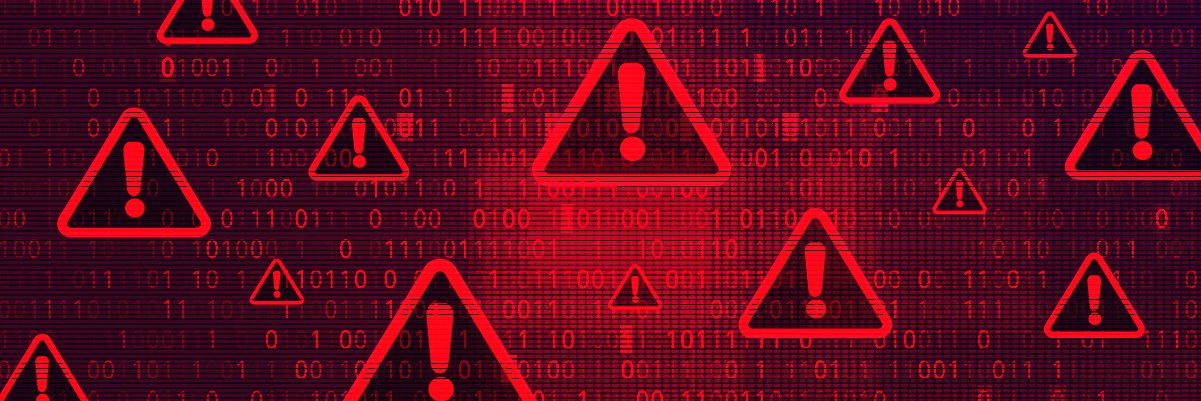In 2025, companies are facing a myriad of cybersecurity challenges as the landscape of threats continues to evolve. With infrastructure becoming increasingly decentralized, employees working remotely, and cyber attackers becoming more sophisticated in their methods, organizations are tasked with ensuring their defenses are strong and resilient.
At the recent editorial summit, “The 2025 Threatscape,” hosted by Informa TechTarget on the BrightTALK platform, experts shared insights on how to combat the looming threats expected to emerge in the near future. One hot topic of discussion was the role of artificial intelligence (AI) in cybersecurity and its limitations.
While AI has been touted as a game-changer in the field of cybersecurity, there are notable limits to its capabilities when it comes to detecting and responding to cyber threats. John Bambenek, a consultant owner and doctoral candidate, highlighted the retroactive nature of AI, which can lead to inaccurate statistical correlations when faced with new and unforeseen changes in user behavior, such as the shift brought about by the COVID-19 pandemic.
Additionally, AI has the potential to overcomplicate simple solutions, as Bambenek pointed out in the case of dealing with brute force attacks. Despite these limitations, AI still holds enormous potential for improving efficiency and streamlining processes within cybersecurity operations.
However, with advancements in AI technology, there is a growing concern about the misuse of AI by malicious actors. Hackers are utilizing AI tools to enhance their attacks and make them more efficient, increasing the volume and success rate of their malicious activities. This has led to a new era of threats where cybercriminals are leveraging AI to carry out sophisticated attacks, such as in ransomware schemes aimed at extracting sensitive data from targeted organizations.
Moreover, organizations also face insider threats from disgruntled employees, hacktivists, and individuals motivated by financial gain. These insider threats can pose significant risks to companies, especially when employees are experiencing burnout and dissatisfaction in the workplace. Monitoring employee activity, enforcing social media policies, and addressing mental health concerns are crucial steps organizations must take to mitigate the insider threat landscape.
As we move further into 2025, companies must be proactive in addressing these cybersecurity challenges by adopting realistic expectations and leveraging AI tools effectively. By staying vigilant and attuned to both external and internal threats, organizations can bolster their defenses and protect their valuable assets from cyber attacks.
In conclusion, the cybersecurity landscape in 2025 is complex and dynamic, but with the right strategies and technologies in place, companies can navigate these challenges successfully. By understanding the limitations of AI, acknowledging the increasing threat posed by malicious actors, and addressing insider threats effectively, organizations can fortify their defenses and safeguard their operations in the face of evolving cyber risks.


